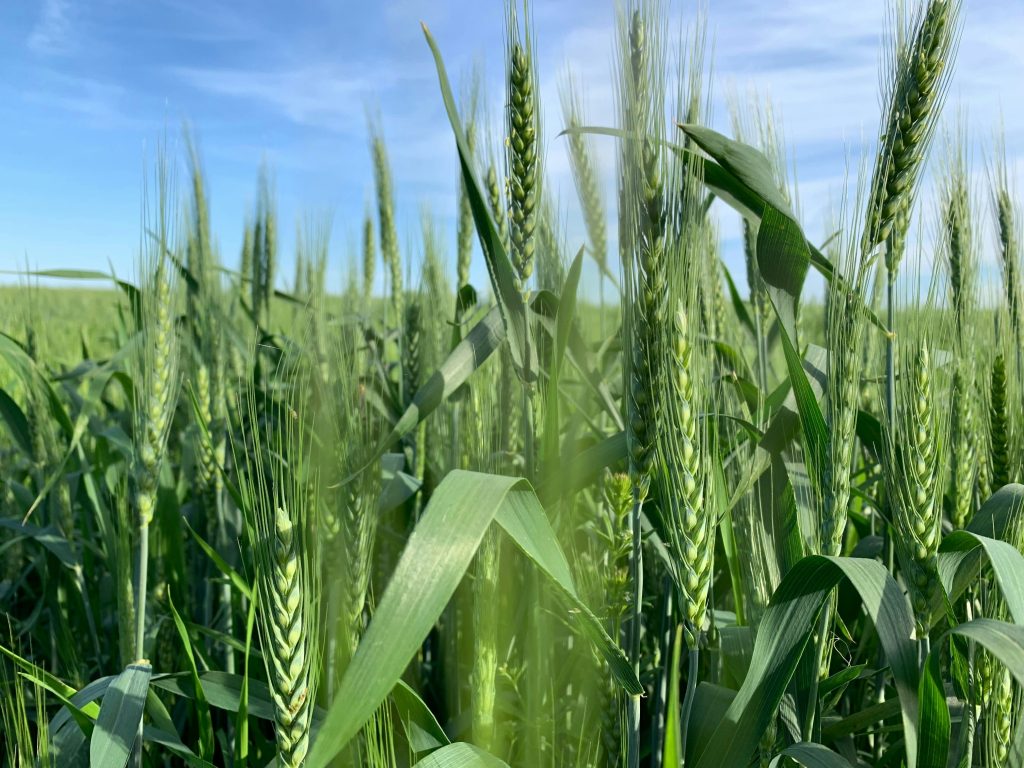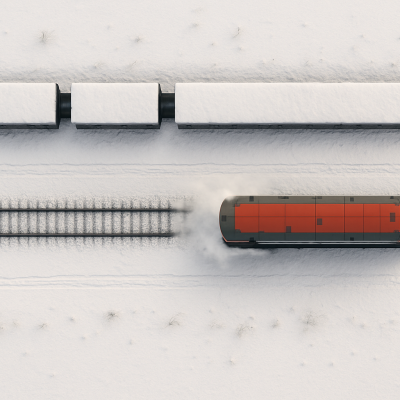[FR] Notre Europe’s contribution to the European Commission’s public consultation on ‘The CAP after 2013’

In Europe, there is a shared destiny around agriculture, food and rural development.
Today, agricultural policy within the EU is the most highly communitarised policy: its guidelines are decided by 27 Member States and its budget is financed to the tune of 72% (direct budgetary aid for agriculture) and 67% (rural development) by the common budget. It thus offers, like no other policy in Europe, a unique capacity to take action to meet the challenges it faces.
Fifty years after the founding countries decided to transfer their national sovereignty in the agricultural sector, the challenges have changed, but the need to maintain a common framework remains the same and has even been reinforced by interdependence: avoiding distortions of competition or even the dismantling of the common market as a result of a return to national policies.
This pooling is all the more necessary given that agriculture requires public regulation. Many factors make it a market that is neither purely nor perfectly competitive: natural risks (climate hazards and pandemics) can deprive farmers of income for one or more consecutive years; barriers to entry into agricultural markets prevent new producers from investing easily to meet increased demand (e.g. the price of access to land); the low price elasticity of demand for agricultural products.
In principle, the CAP contributes to EU cohesion by promoting balanced rural development, although in its current form it sometimes has the opposite effect, particularly by encouraging the geographical concentration of production systems and consolidating large farms.




